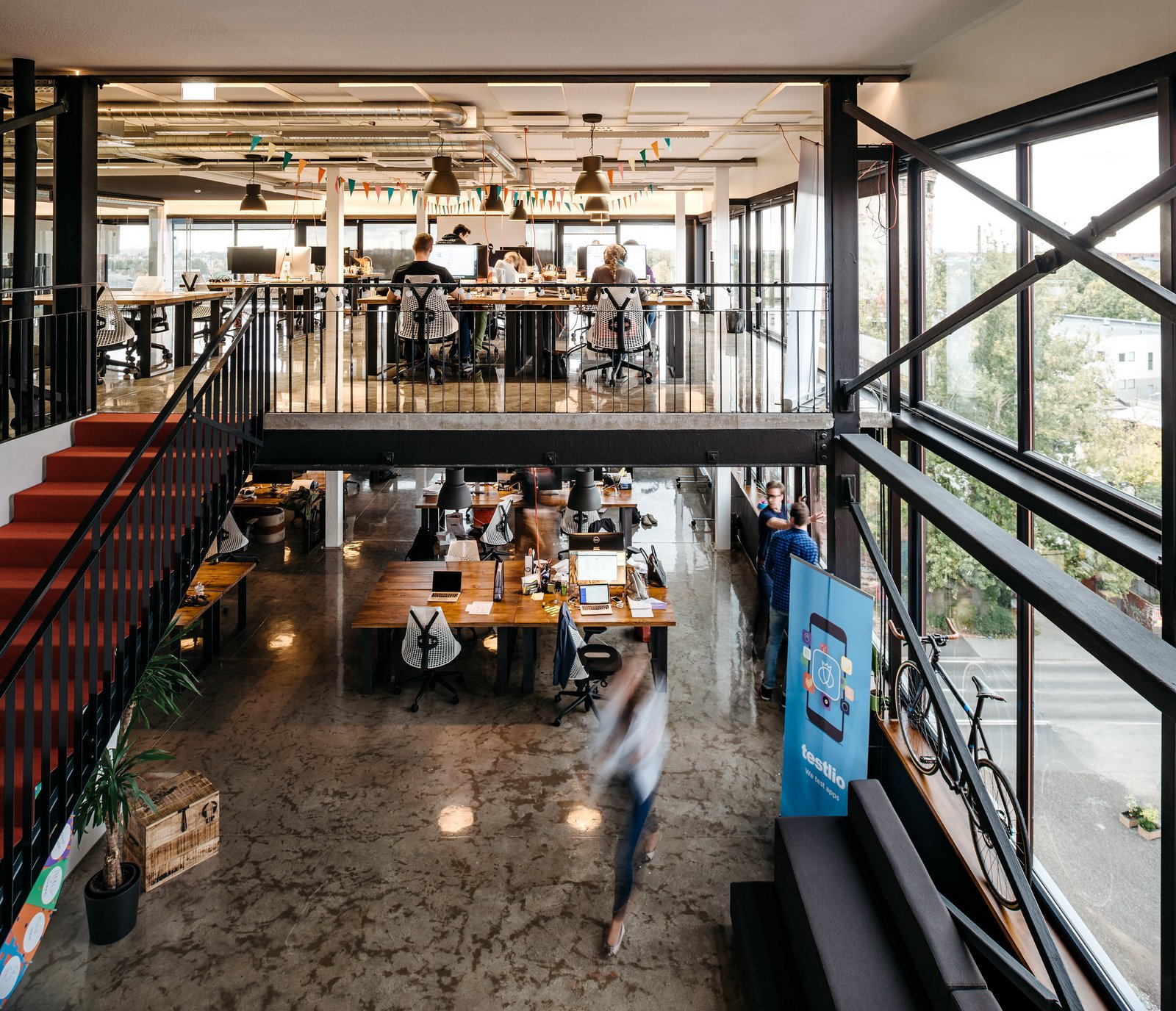What puts food on the Estonians' tables?
From time immemorial, Estonia has been on the crossroads of trade routes, connecting East and West, Russia and Europe. In medieval times, people used to say that the Estonian towns of the Hanseatic League had been built on salt – the most important commodity of the time, transported from Western Europe through Estonia to Russia, Sweden, and Finland.

Office in the Rotermanni district in central Tallinn. Photo by: Rasmus Jurkatam / Visit Estonia

